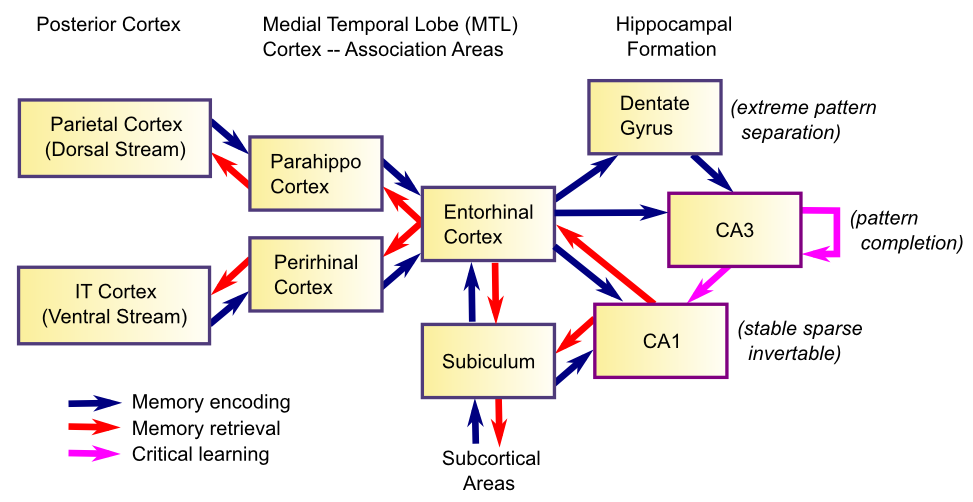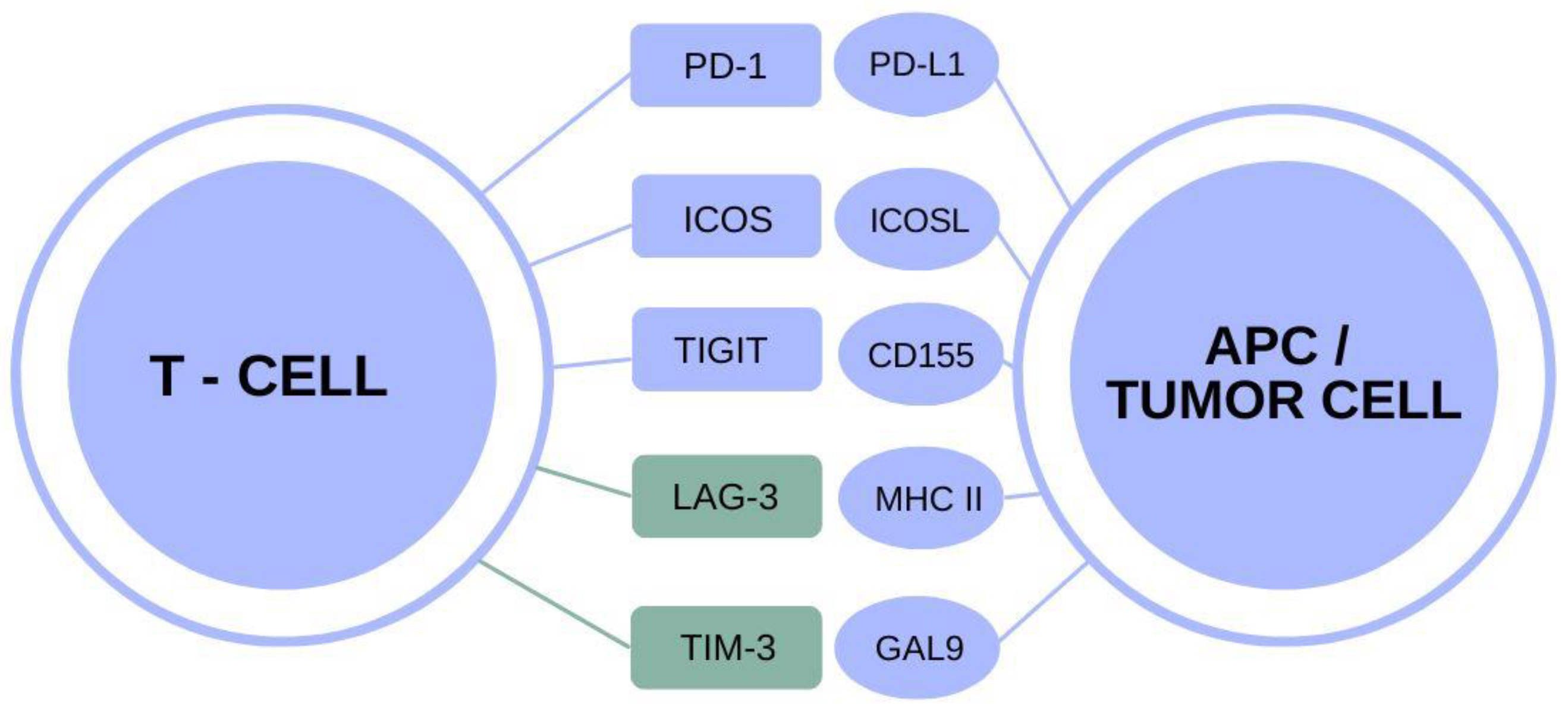Learning and memory formation are intricately linked processes that shape our understanding of the world and our ability to interact with it. Emerging research in neural plasticity reveals that the brain employs dynamic neuronal connections to adapt to new information, enabling us to learn and retain memories effectively. At the forefront of this exploration, recent advancements highlight the significance of synaptic plasticity, which enhances the strength of these connections and influences the way memories are encoded. As scientists delve deeper into dementia research, understanding the mechanisms underlying memory formation becomes crucial, particularly in developing treatments for memory disorders. The groundbreaking techniques utilized in studying synaptic behaviors are paving the way for innovative approaches to neurological conditions, offering hope for improved therapies and strategies for managing cognitive decline.
The intricate processes involved in acquiring knowledge and retaining experiences, often termed cognitive learning and memory retention, play a pivotal role in human behavior. Recent studies emphasize how malleable brain structures adapt through neural flexibility, reshaping connections among neurons based on our interactions with the environment. This adaptability is critical as we study cognitive impairments often associated with aging and diseases like Alzheimer’s. Innovations in synaptic analysis reveal pathways that contribute to memory retention, further supporting efforts in neurological research aimed at combating memory disorders. By examining these cognitive mechanisms, researchers hope to unlock new therapeutic avenues that enhance our understanding and treatment of memory-related challenges.
Unveiling the Mechanisms of Memory Formation
The groundbreaking research conducted by Harvard scientists sheds light on the intricate mechanisms behind how we form memories. By utilizing a novel technique known as Extracellular Protein Surface Labeling in Neurons (EPSILON), the team is pioneering an understanding of the dynamic interplay between synaptic plasticity and memory formation. This technique enables the visualization of neuronal connections at an unprecedented level, illuminating the vital role of synaptic structures in memory retention and retrieval. Through this lens, researchers can observe how experiences shape our synaptic arrangements, reinforcing the significance of plasticity in cognitive functions.
Moreover, the emphasis on learning and memory formation highlights the complex relationship between neural networks and our daily experiences. As the researchers detail the behavior of AMPARs — crucial proteins in synaptic transmission — they underscore the link between these molecular processes and the cognitive capacities of individuals. This research not only advances our understanding of memory formation but also opens new pathways for investigating potential treatments for memory disorders, such as Alzheimer’s disease, thereby enhancing our comprehension of neurodegenerative conditions that disrupt these essential processes.
The Role of Synaptic Plasticity in Learning
Synaptic plasticity stands at the heart of learning, acting as the biological foundation for memory encoding. As the brain processes new information, synaptic connections undergo modifications—strengthening or weakening based on our experiences. This adaptability allows for a robust network of neuronal connections, facilitating cognitive functions such as problem-solving and decision-making. The Harvard team’s innovative use of fluorescence to observe synaptic behavior provides unprecedented insights into how synaptic strength can be regulated, thereby illuminating the pathways through which we acquire and retain knowledge.
Understanding the nuances of synaptic plasticity is crucial for developing therapeutic strategies aimed at memory disorders. As researchers delve deeper into the synaptic changes occurring during different types of learning, they can identify precise targets for intervention. For instance, in dementia research, recognizing how synaptic dysfunction hinders memory formation enables the creation of more effective treatment modalities aimed at restoring synaptic health. Consequently, the connection between synaptic plasticity and learning not only enhances our grasp of cognitive neuroscience but also fuels the hope for breakthroughs in memory-related ailments.
Innovations in Neuroscience and Their Implications
The advent of advanced techniques like EPSILON marks a significant leap in neuroscience, allowing scientists to visualize the molecular dialogue that takes place in our brains as we learn and form memories. This innovation highlights the importance of combining cutting-edge technology with foundational research, as it provides the necessary tools to observe intricate synaptic phenomena without invasive procedures. By harnessing the power of precision microscopy, researchers can map how neuronal connections evolve over time, leading to deeper insights into cognitive processes.
Furthermore, these advancements can directly impact the way we approach neurological disorders. With an enriched understanding of synaptic interactions, scientists are better equipped to design therapies that target specific mechanisms underlying conditions like dementia. As noted by Cohen and his team, the trajectory from fundamental scientific discoveries to clinical applications emphasizes the necessity of ongoing investment in basic research. Innovations like EPSILON represent not merely technological achievements but potential lifelines for individuals suffering from memory-related ailments.
Insights into Memory Disorders: A Path Forward
In the context of memory disorders such as Alzheimer’s disease, understanding the fine details of synaptic plasticity becomes essential. Research conducted through the lens of EPSILON promises to unravel the complexities associated with synaptic dysfunctions that characterize these conditions. By mapping how synaptic connections are altered during memory formation and degradation, scientists can pinpoint therapeutic targets that aim to restore normal synaptic function. This approach could lead to interventions that significantly improve the quality of life for those affected by cognitive decline.
Moreover, the integration of molecular labeling techniques enhances our understanding of how experiences translate into structural changes within the brain. By correlating the activity of AMPARs and related molecular signals with memory formation, researchers can track the biological pathways that underpin healthy cognition. This knowledge not only aids in developing potential treatments but also empowers preventative strategies by identifying risk factors linked to synaptic deterioration. Consequently, the research conducted by Harvard’s team serves as a beacon of hope for the future of dementia research and memory disorder treatment.
The Future of Cognitive Neuroscience
As the implications of the EPSILON technique unfold, the future of cognitive neuroscience looks promising. With the ability to monitor synaptic changes in real time, researchers can explore a broad spectrum of cognitive functions ranging from learning patterns to emotional memory. This technique not only enhances our understanding of how memories are formed but also opens avenues for investigating the variations in memory processing across different contexts and individuals. As labs across the globe adopt this methodology, the collective knowledge gained can spearhead groundbreaking advancements in cognitive research.
Moreover, the potential applications of EPSILON extend beyond understanding normal memory processes. It can be adapted to study various cognitive impairments associated with aging, injury, or disease states. By applying this innovative approach to diverse subjects, scientists can begin to identify specific synaptic alterations associated with different types of cognitive dysfunction. Ultimately, the integration of EPSILON into cognitive neuroscience research promises to elevate our understanding of the brain and contribute to the development of effective treatments for memory-related disorders.
Understanding Neuronal Connections Through EPSILON
The exploration of neuronal connections through the EPSILON technique sheds light on the foundational aspects of learning and memory formation. By revealing how synaptic connections evolve during the learning process, researchers can uncover the biological underpinnings of memory creation. This detailed mapping not only illustrates the strength and organization of neuronal pathways but also highlights how these connections can be dynamically altered in response to new information or experiences. As synaptic plasticity is refined, the potential for enhanced learning and improved memory retention increases, demonstrating the adaptability of the brain.
Furthermore, understanding these neuronal connections is crucial for identifying how disruptions in these pathways can lead to memory disorders. The insights derived from EPSILON could inform the design of new interventions aimed at restoring synaptic health in affected individuals. By focusing on the specific mechanisms involved in synaptic modification and maintenance, researchers can target the root causes of cognitive decline, potentially leading to innovative therapies that halt or even reverse the effects of memory-related diseases.
The Impact of Synaptic Behavior on Memory Retention
Synaptic behavior plays a pivotal role in memory retention, influencing how effectively memories are encoded and recalled. The ability to strengthen synaptic connections allows the brain to solidify new information, which is crucial for long-term memory storage. The detailed observations made possible by EPSILON enable researchers to track these synaptic changes over time, providing insights into the mechanisms that underlie successful memory formation. This understanding is essential for developing educational strategies and interventions that optimize learning.
Moreover, the correlation between synaptic behavior and memory retention has significant implications for addressing memory disorders. By exploring how specific synaptic modifications correlate with successful memory encoding, researchers can develop targeted therapies that improve memory function. This not only benefits individuals with conditions like Alzheimer’s but also enhances our understanding of the natural aging process and the ways in which neuroplasticity can be harnessed to maintain cognitive health as we age.
Expanding the Horizons of Memory Research
The recent advancements made in mapping memory formation extend beyond the confines of traditional neuroscience. By utilizing the EPSILON technique, researchers can expand the horizons of memory research to include a wider array of cognitive phenomena. This includes examining how different types of experiences—such as emotional events versus neutral experiences—impact synaptic changes and memory retention differently. By understanding these nuances, scientists can tailor their research to address specific types of memory, advancing both theoretical knowledge and practical applications.
In addition, this expansion of research may lead to the discovery of novel therapeutic strategies. As scientists uncover how unique patterns of synaptic plasticity manifest during the recollection of diverse memories, they can focus on developing individualized treatment approaches for memory disorders. This personalized perspective aligns with the growing trend in medicine towards tailored therapies, ensuring that interventions are as effective as possible. Ultimately, the forward momentum in memory research exemplified by EPSILON highlights the vast potential for improving cognitive health and treating memory impairments.
A Novel Approach to Neurodegenerative Diseases
Innovative techniques like EPSILON may prove revolutionary in the study of neurodegenerative diseases, particularly those impacting memory, such as Alzheimer’s and other dementias. By enabling researchers to observe synaptic changes in real time, this method paves the way for new insights into how these diseases disrupt normal cognitive functioning. As synaptic plasticity is often impaired in neurodegenerative conditions, understanding the precise nature of these alterations could yield significant advancements in developing therapeutic interventions aimed at restoring synaptic health.
Furthermore, exploring the molecular dynamics of synaptic connections opens potential pathways for preventative measures. By identifying early markers of synaptic dysfunction in patients predisposed to neurodegenerative diseases, proactive strategies can be implemented to mitigate memory loss before significant cognitive decline occurs. The ability to map these synaptic changes not only enhances our understanding of neurodegeneration but also positions scientists to confront the challenges posed by such disorders head-on, creating hope for future generations.
Frequently Asked Questions
What role does neural plasticity play in learning and memory formation?
Neural plasticity is essential for learning and memory formation as it refers to the brain’s ability to change and adapt by strengthening or weakening neuronal connections. This process, called synaptic plasticity, is fundamental for retaining new information and experiences, allowing for improved cognitive abilities.
How does synaptic plasticity influence memory formation?
Synaptic plasticity influences memory formation by enabling the brain to create and modify synaptic connections based on experiences. When we learn something new, the synapses involved in that memory undergo changes that enhance their strength, enabling long-term retention of information.
What are common memory disorders related to learning and memory formation?
Common memory disorders related to learning and memory formation include Alzheimer’s disease, dementia, and amnesia. These conditions impact synaptic plasticity, leading to impaired memory and learning capabilities as a result of disrupted neuronal connections.
How can research in dementia provide insights into learning and memory formation?
Research in dementia can offer valuable insights into learning and memory formation by exploring how synaptic plasticity is affected in the disease. Understanding the mechanisms behind synaptic dysfunction in dementia may lead to new treatments that improve cognitive functions related to memory.
What is the EPSILON technique and how does it relate to learning and memory formation?
The EPSILON technique is a groundbreaking method that maps the proteins within synaptic connections, which play a crucial role in synaptic plasticity. By allowing researchers to observe how these proteins behave during memory formation, EPSILON enhances our understanding of how learning is encoded in the brain.
What might future studies on neuronal connections reveal about learning and memory formation?
Future studies on neuronal connections could reveal intricate details about synaptic plasticity patterns associated with different types of memories. Insights from these studies may improve therapeutic strategies targeting memory impairments and enhance our comprehension of cognitive processes.
| Key Point | Details |
|---|---|
| Research Technique | Extracellular Protein Surface Labeling in Neurons (EPSILON) allows precise mapping of proteins involved in synaptic connections. |
| Importance | Offers insights into the molecular foundations of memory, potentially leading to new treatments for neurological disorders like dementia. |
| Synaptic Plasticity | Crucial for learning and memory, involves the strengthening of synapses based on experiences and information. |
| Research Findings | Identified a correlation between AMPARs and memory traces during fear conditioning in mice, showcasing how synapses adapt. |
| Future Applications | EPSILON could help explore various cognitive phenomena and improve treatment strategies for memory impairments. |
Summary
Learning and memory formation are critical processes in our cognitive development and function. This recent research unveils the EPSILON technique, which maps the molecular mechanisms behind how learning and memories are formed, potentially leading to new therapeutic avenues for treating memory-related disorders such as dementia. The revelations about synaptic plasticity provide not only a deeper understanding of memory but also strategic insights that could inspire innovative treatments for neurological conditions.




